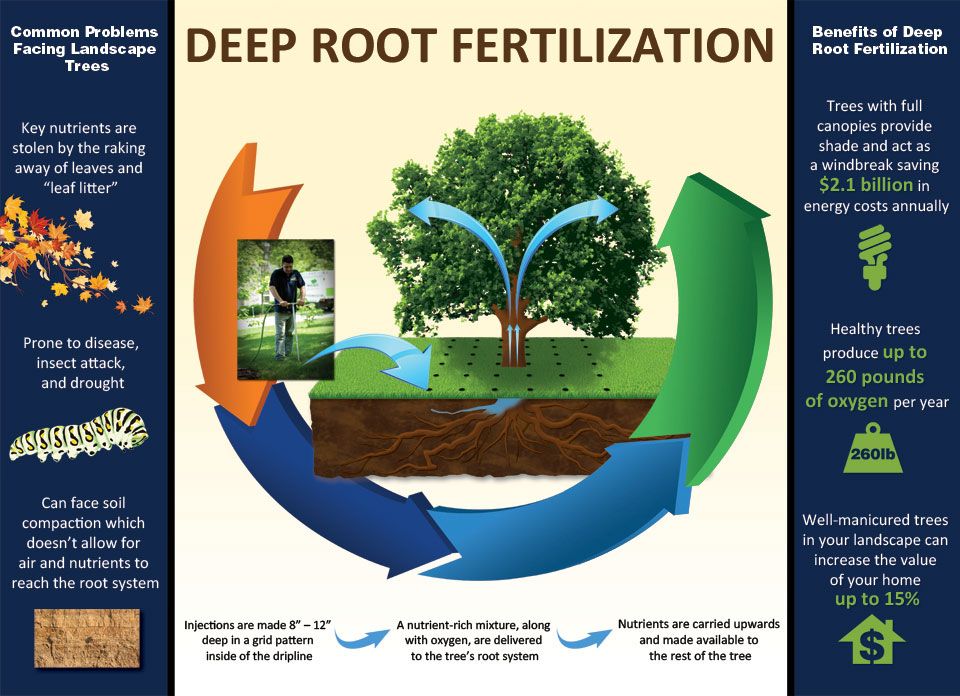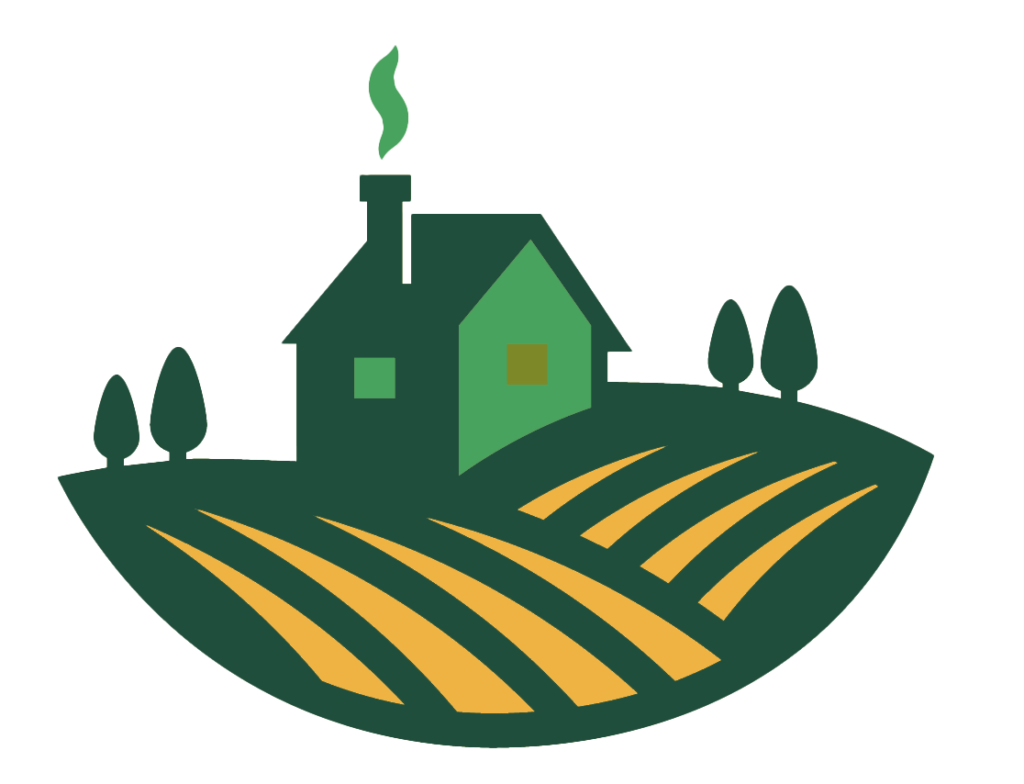Deep root fertilization is a recommended procedure by many arborists, and equipment is available for DIY homeowners. Is it the best way to fertilize trees? Do they need to be fertilized?
In deep root fertilization for trees, you stick a pipe into the soil about 6” to 12″ and then, under pressure, squirt fertilizer into the ground. The theory is that since tree roots are deep down in the ground, this method gets fertilizer to the tree roots quicker and other plants such as grass or perennials do not steal it away from trees.
It is interesting that the International Society of Arboriculture (ISA) recognizes this as a gardening myth, and yet many ISA certified arborists still sell the service. According to the ISA, “You don’t need to perform ‘deep root fertilization’ to reach their root system—most of the trees’ fibrous, absorbing roots are in the top eight inches of soil.” A recent review of available literature by Daniel K. Struve concluded that, “Little difference has been found among fertilizer application methods; broadcast applications are as effective as subsurface applications.”
Most absorbing tree roots are found in the top 2” to 8″ of soil where water and oxygen are abundant. Fertilizer placed below this level does little for the tree and is in fact environmentally harmful.
If you have healthy soil, you probably don’t need to fertilize. The problem in our urban landscapes is that we remove the tree leaves each fall. The leaves are nature’s way to fertilize the trees; by removing them you are removing the food for future years.
Grass growing on top of trees roots will compete for nutrients. Grass can also be a problem if you need to apply high levels of nitrogen for the trees, since this will burn the grass.
Deep root fertilization can be done in the following ways.
- By an arborist with special equipment that will inject a liquid fertilizer. If not done properly, this method will inject below the majority of roots. It is also expensive.
- Homeowner injection equipment will not inject as deep as professional units, which is probably a good thing. This works, but the special fertilizer pucks designed for the equipment is more expensive than bagged fertilizer.
- Holes can be drilled in the ground around the tree and filled with fertilizer. This provides high levels of nutrients in specific spots, but the fertilizer does not move radially very well, so some roots are overfertilized and probably burned, while others get no fertilizer.
- Fertilizer spikes can be hammered into the ground, but this has the same problem as drilling holes.
Best Practices
- The least expensive and most effective way to fertilize trees is to broadcast granular fertilizer or organic matter on the ground. Nature will move the nutrients deeper into the root zone.
- If you are fertilizing your flower beds and your lawn, you probably do not need to fertilize the trees.
- The best way to know if you need to fertilize is to get a soil test done.
Written by Robert Pavlis, author of three books, , Garden Myths , Soil Science for Gardeners and Building Natural Ponds.
Have a question for Robert – connect on his Facebook Group: Garden Fundamentals




